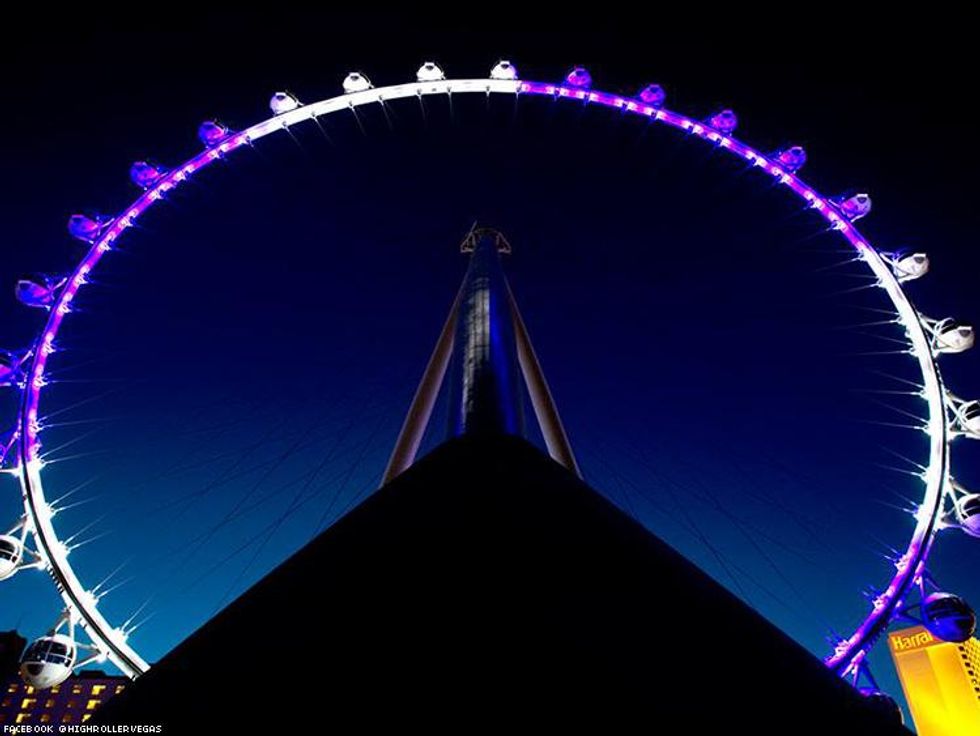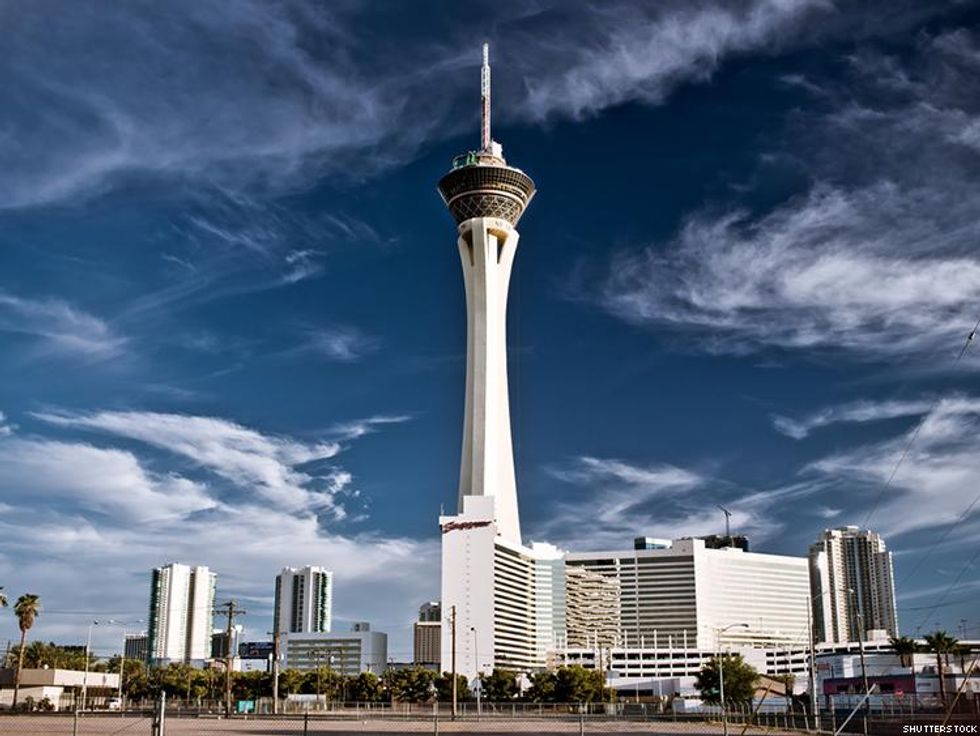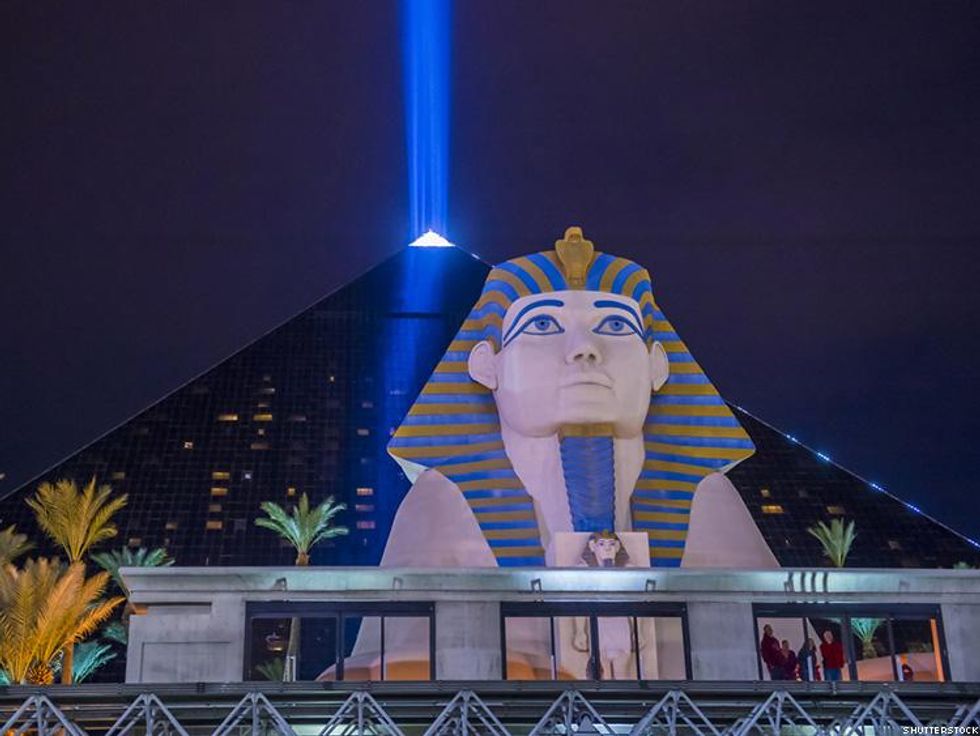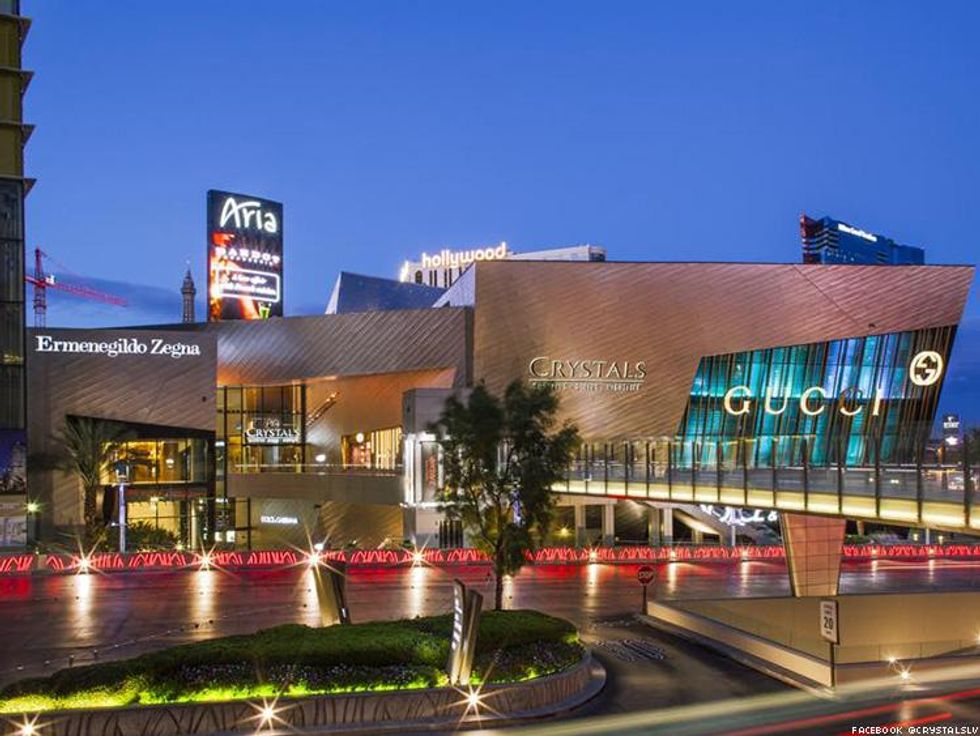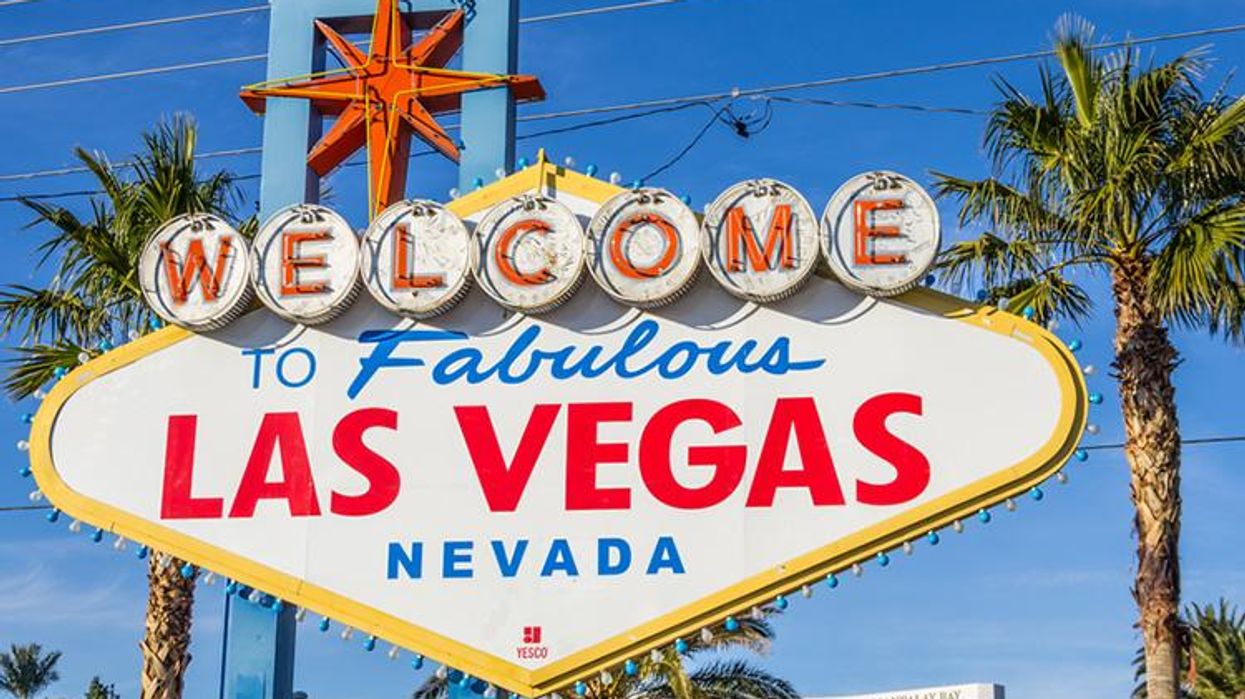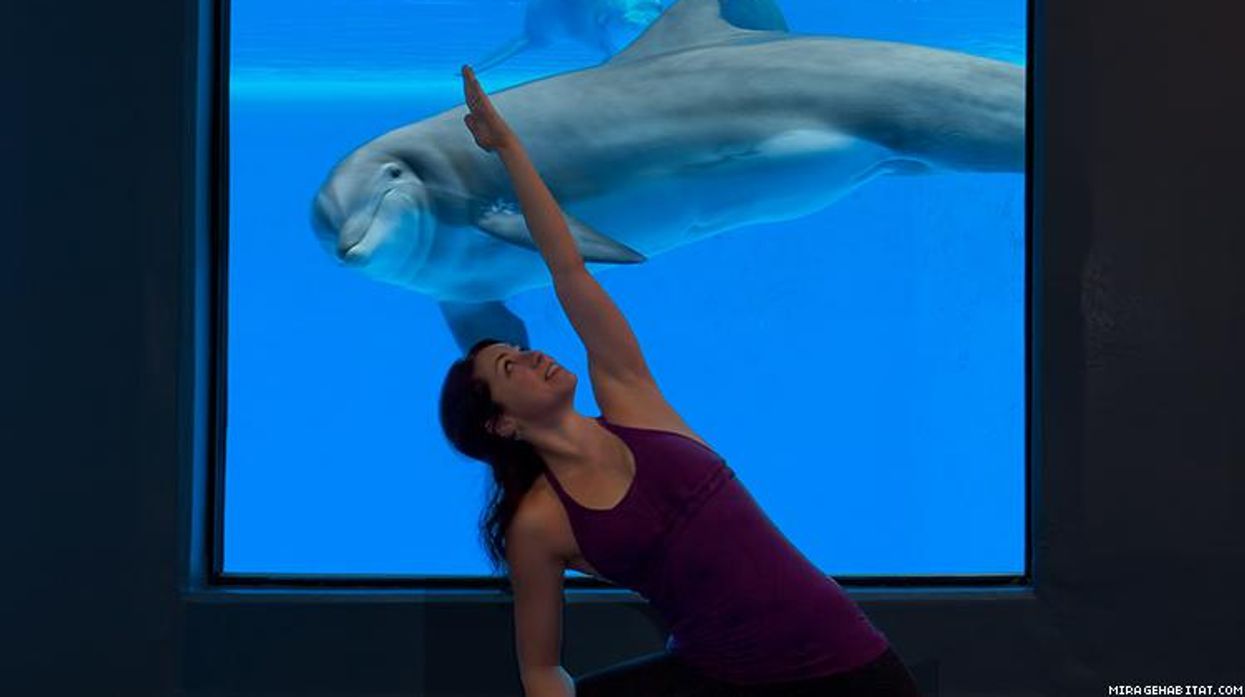In ten years, what will you remember more clearly from your Las Vegas expedition: A night of yard-longs and spontaneous decisions, or spinning at four Gs 900 feet above the city streets? Sipping the ultimate cosmopolitan from Cosmopolitan Las Vegas, or experiencing the city from the largest observation wheel in the world?
Luckily, you don't have to choose. Visit Las Vegas' most promising architectural feats--designed not only to reap industry awards for pioneering innovation in engineering and architecture, but to also use that innovation for the sake of what matters: thoroughly enjoying yourself.
1. High Roller at The LINQ Promenade
A recent addition to Las Vegas, the High Roller is widely recognized as the centerpiece of The LINQ--and as the largest observation wheel in the world at a staggering 550 feet. Winner of the 2015 Steel Building Award from Innovative Design in Engineering and Architecture with Structural Steel, the project was planned by The Hettema Group and Klai Juba Wald Architects (formerly Klai Juba) in conjunction with San Francisco-based Arup as the wheel's structural engineers. The team designed the monument to appear to be made "without a lot of structure" to incite a "floating sensation" once within each of its 44,000-pound glass cabins. But safety should be no concern: roughly 4.8 miles of cable reinforce the cabins. Each ride lasts 30 minutes, offers 360-degree views of the city and the option of an in-suite bartender.
2. Stratosphere Tower
At 1,149 feet, the Stratosphere Tower is the tallest free-standing observation tower in the U.S. and objectively terrifying for a host of reasons, not the least of which being that people regularly leap from the top.
Look like fun? How about the 900-foot Insanity thrill ride, which holds its riders captive 64 feet from the edge of the tower at three Gs, angled 70-degrees (straight down) over the Vegas pavement--or the Big Shot, which shoots its captives another 160 feet in the air at four Gs? Whatever your adrenal-desire demands, the Stratosphere's got you covered.
3. Luxor Hotel & Casino
Planned by Klai Juba Wald Architects alongside interior design firms Shema Dougall Design Associates, Inc. and the now-shuttered Yates-Silverman, Inc., the 30-story Luxor Hotel is one of the most unique resort concepts of its scale. The Luxor's inner atrium is the largest in the world with 29 million cubic feet of space. When the hotel first opened, its guests traveled from each end of the pyramid's 646 square-foot base via gondola afloat an imitation river Nile. Its zenithal Sky Beam, lit by an intricate system of bulbs measuring 42.3 billion candelas, provides enough light to read a newspaper 10 miles above the structure on a clear night.
After the hotel closed its indoor Nile to make more room for expanding in-house traffic, it undertook a new project: the construction of two ziggurat-inspired towers, Luxor West and Luxor East. Each tower is 22 stories tall with large-scale ziggurat-esque stairs on each side, adding to the Egyptian appeal of the property. The locale also hosts 19,000 square-feet of outdoor pools, ensuring the coolest of stays during even the warm seasons, and is remarkably green for a venture of its magnitude.
4. The Shops at Crystals
The crystalline, swooping, 500,000 square-foot luxury retail and entertainment venue at CityCenter could have been orchestrated by none other than Daniel Libeskind, the architect behind so many incredibly unique, eye-catching structures around the world. Lovingly referred to by its creator as the "connective tissue of the otherwise vertical 'city within a city,'" The Shops at Crystals earned its LEED(r) Gold Core & Shell certification from the U.S. Green Building Council in 2009 for the project's dedication to low environmental impact.
Its design utilizes radiant floor cooling, which maximizes efficiency by chilling air in specifically occupied spaces rather than an entire building, uses wood products certified by the Forest Stewardship Council and employs hydrologically friendly designs to save roughly 1.8 million gallons of water. Its skylights diminish the need for increased internal lighting throughout the day, and the center offers an incentive program to drivers of gas-efficient cars, offering preferred parking--a steal in such a visitor-dense city.
Check out our recommended art-walkabout for more creative excursions in Las Vegas.



